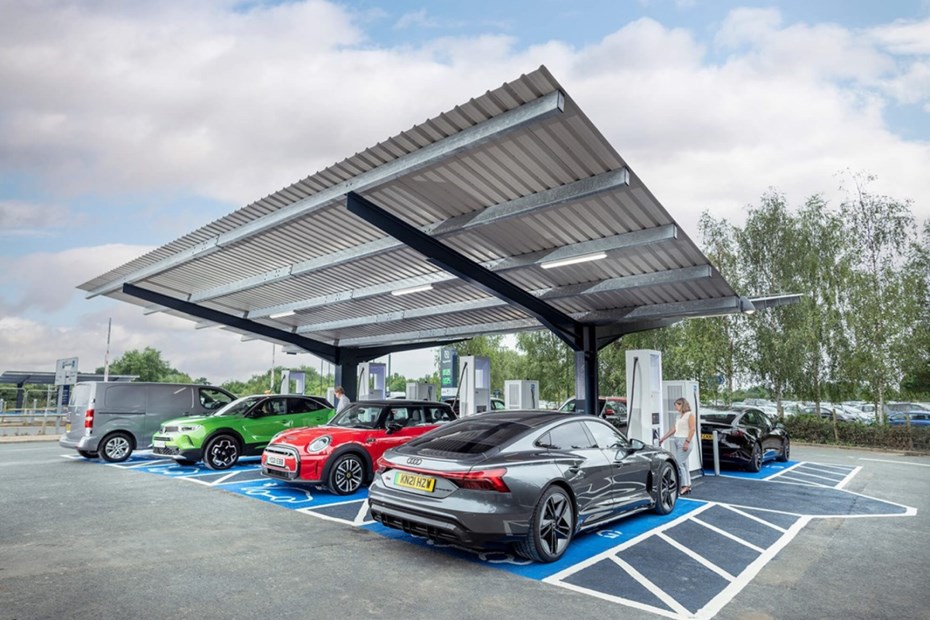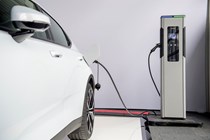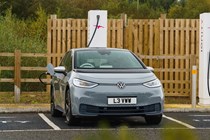There is a consensus that refuelling a car with petrol or diesel is quite straightforward and hassle free. There is however, a wider narrative surrounding how to charge an electric car. That’s because the process of charging an EV is longer and has more steps to it than filling an internal-combustion engined car.
The drawbacks to filling up with electricity are predominantly to do with the public charging infrastructure still being established across the country. This network is still in the early stages of being rolled out and can come with inconveniences. Navigating your way through the hindrances can be frustrating but there are steps that can be taken to mitigate the hurdles and make the charging up process more convenient.
Forward planning is the best step. It can remove range anxiety from the equation of driving an electric car, ensuring that charging stops using public infrastructure are reduced to a minimum. Home charging almost resolves that predicament, but everyone’s residential circumstances are different. There are situations where reliance on public charging is inevitable for everyone.
How to find public charging stations and how to pay
There are new additions to the network popping up on a frequent basis, and the easiest way of pinpointing one is via a charge point search app on your smartphone. There are different versions, but most have the same format and share information like number of chargers, availability and charging speed.
Charge point search apps allow electric and hybrid car owners to find accessible public charging points for use. One of the most comprehensive is called Zap-Map that claims to have the locations of 95% of charging points available in Britain. Others worth mentioning are Pod Point and Ecotricity. To ensure you have adequate range for journeys, they all plan routes and arrange payments.
Another factor to consider with public charging is payment, which is a self-service activity. There are two ways you can make transactions. The first is to have an account charge point operator or mobility service provider. Here you will receive a radio frequency identification card or fob to use at public charging stations, and the costs are added to your account and paid at a later stage.
The other option is to pay for charging directly using your contactless debit or credit card or through the charging app. This offers more flexibility by using charging stations from different providers, but you are more liable to be charged more expensive rates for using this approach.
Public charging stations
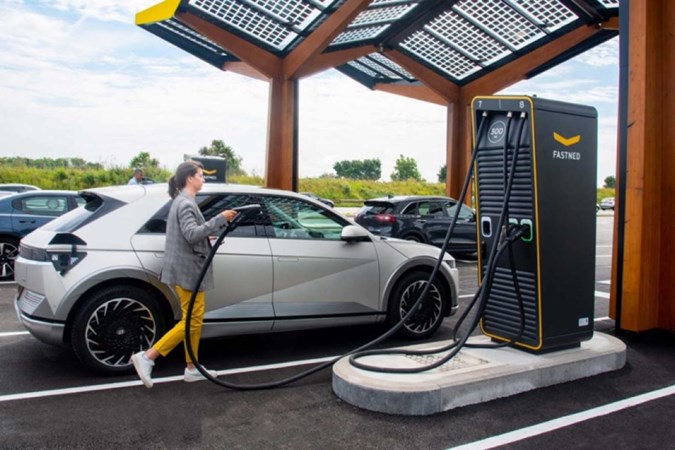
Using a public charger is not that difficult. But there are some aspects to consider when compared with charging an electric car from home. The process is different because public chargers can be accessed by any member of the public and are not owned by a driver. These can be located at motorway service stations, public parking garages, work premises and stores.
Public charging infrastructure is a digital ecosystem, so to access and use charging stations, you need to have a smartphone. That’s because the network is operated using apps which enable charging of the car.
Manufacturer apps are common for electric and hybrid cars, they are now also frequent for combustion cars too. These are used to control different features from locking and unlocking doors or the boot remotely, to checking fuel levels and charging range, as well as software updates.
Charging provider apps display when the car is charging, the battery charge percentage and what the costs are. They will also show you the status of charging points and whether they are in use, as well as savings that can be made from signing up with a company. Many providers are established names branching their businesses into the emerging public charging industry.
How to charge an electric car at a public charging station
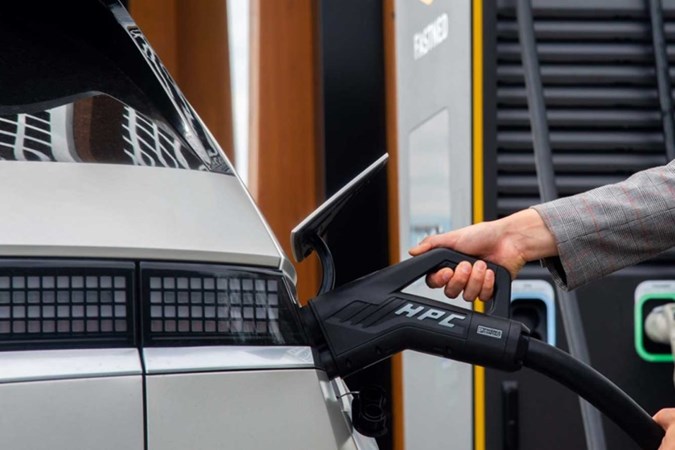
In principle, there are four steps to follow when charging an electric car at public charging stations.
Step one
Once you have parked at a charging station, you must look for the charger cable. In most cases this will be attached to the charging station. The cables can be different depending on the charger company you are using. In some instances, you may need to use a cable or connector provided by the manufacturer of the car you are driving.
Step two
Afterwards you must connect the car with the charging station. If the cable is attached, you just need to plug it into the charging port on your car. This is usually located in the same place where you would fill up a petrol or diesel car, although some models can have the socket positioned elsewhere. Most cars have different connectors for regular or fast charging, so your car should be compatible if the plug fits into the socket. Don’t force it if it doesn’t fit, as it’s unlikely to be the correct cable.
Step three
When the charging station and the car are connected, it’s time to start the session. You will have to authenticate so the payment can be registered to your account. This is done using a smartphone app but can vary depending on the charger. In other cases, you can commence charging by touching your debit or credit card on the charging station. When you have been identified, the charge will begin. This can be displayed on the charging station itself, and the progress can be monitored inside the car or via the same app.
Step four
After the car has reached the charge level you want, it’s time to end the charge session. This can be done the same way you started the charge via the app on your smartphone or by touching your debit card on the charging station. During the charge, the cable is often locked to the car to prevent theft. You can unlock the cable on the dashboard in the car before unplugging it and putting it back on the charger.
The pros and cons of public charging
Pros
✅ Choice of fast, rapid or ultra-rapid charging stations
✅ Driver can charge electric cars faster than at home
✅ Only pay for electricity and station use fees
Cons
❌ Potential long wait times to use charging station due to demand
❌ Locating charging stations can be inconvenient
❌ Frequent use of rapid chargers can cause damage to battery
How to charge an electric car at home
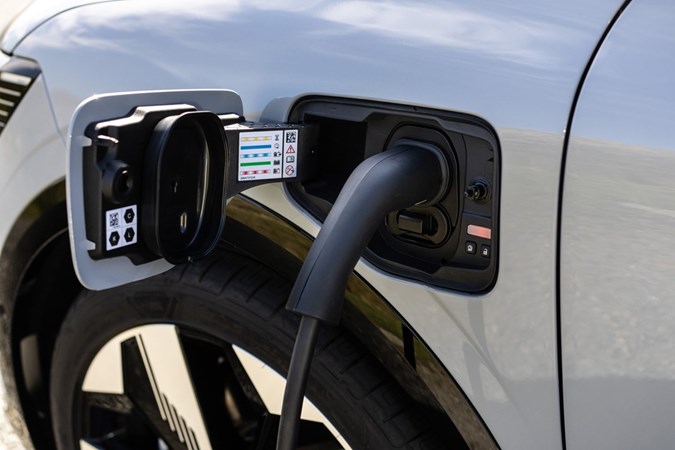
It’s recommended that a home charging point is installed near where you park your electric car. The product is a weatherproof unit that can be mounted on the wall or garage and connected to the main electricity supply.
There are a few ways to charge an electric car at home. There is a basic method that is slower, to more sophisticated approaches that are faster. If you wanted, you could charge an electric car using a conventional 3-pin plug and domestic socket, but this method is the slowest. Producing only 2.4kW of power, it would take over 24 hours to fully charge an electric car. There are safer and faster ways of doing it though.
Step one
Decide on the product and how much to pay. Companies will consult about what product best meets your needs and will tend to offer free advice. The product does come with installation costs and can range from about £800 to £1,500. Once installed, you only pay for electricity charging an electric car.
Step two
Install a home charging point. It typically takes a technician about three hours to do depending on requirements. In that time, they will usually fit the charger where you want it, sort out any necessary cables to the charger, connect it to the electricity supply and make sure it’s working for you.
Step three
Plug the cable into the port. With home charging you can connect to the wallbox through your smartphone via Wi-Fi. Using provider apps, you can customise different settings to your preferences and monitor your electric car being charged. The long-term savings of owning and driving an electric car offset the short-term costs, as charging at home is cheaper and easier.
The pros and cons of home charging
Pros
✅ Cheap night-time electricity rates
✅ Convenient and straightforward to operate
✅ Monitor and control charging sessions via provider app
Cons
❌ Home charging takes longer because it is slower
❌ Upfront costs are quite expensive
❌ Home charging points only operate at 3.6kW or 7kW
Just so you know, we may receive a commission or other compensation from the links on this website - read why you should trust us.


